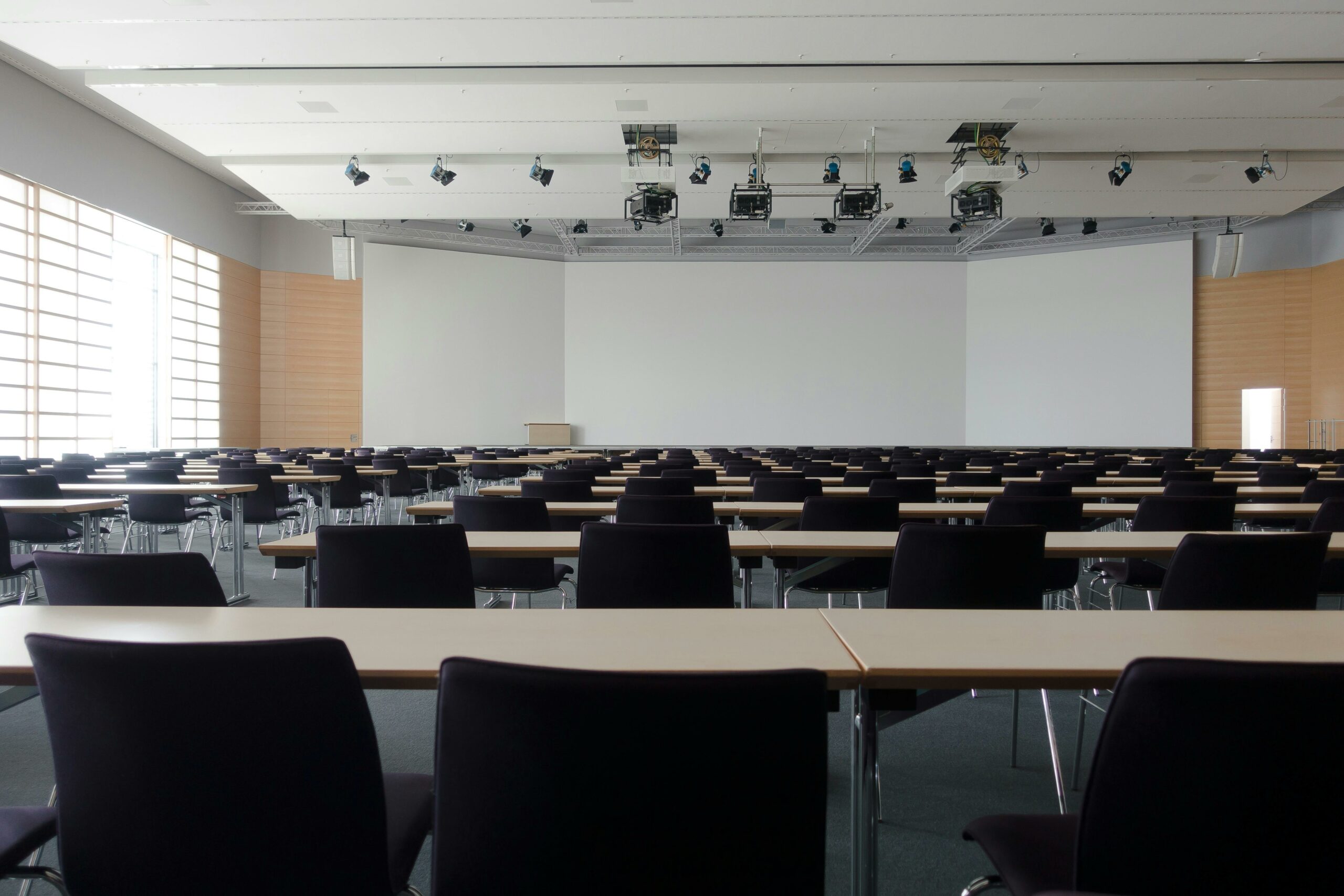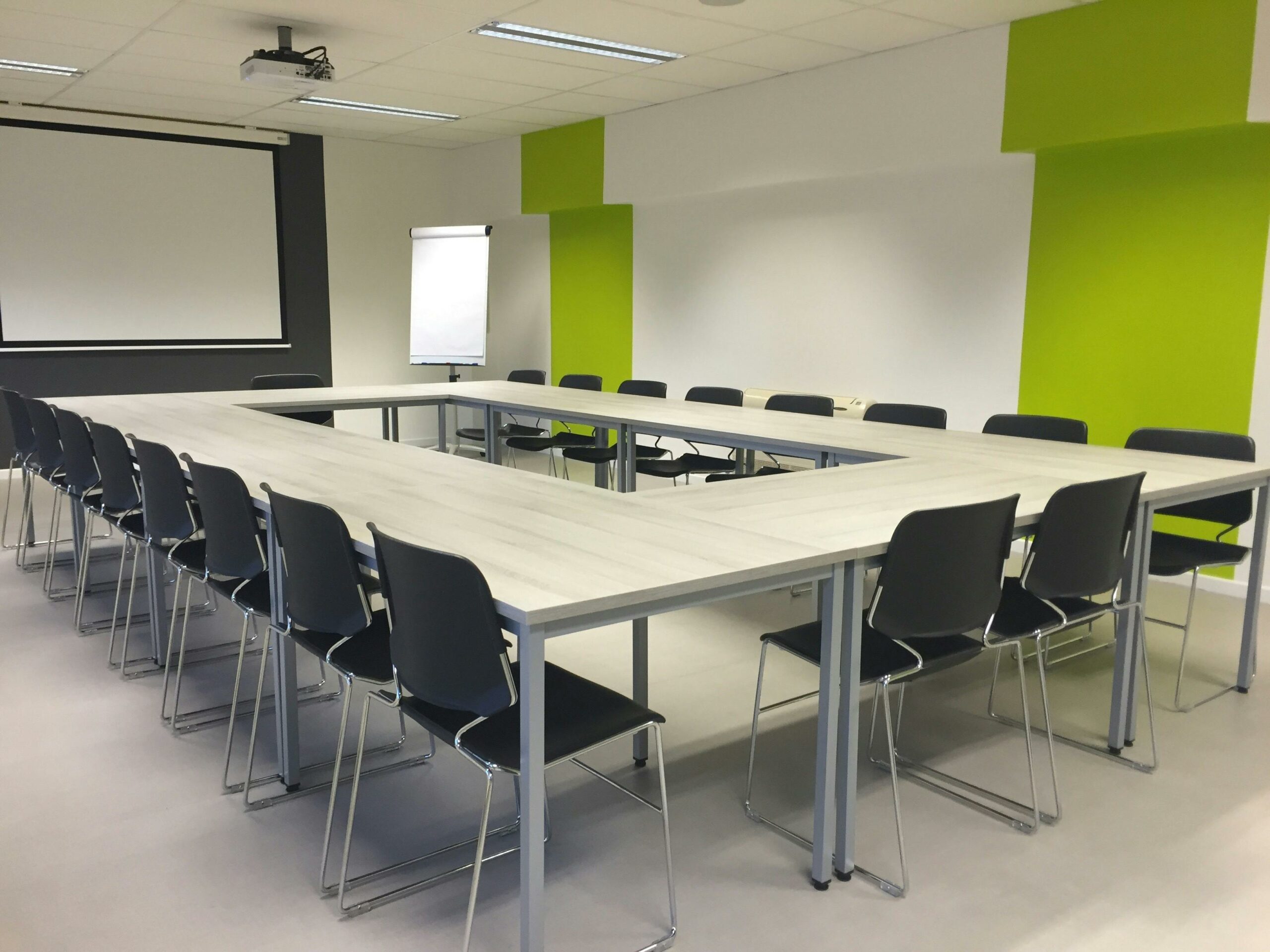Lamp vs Laser Projectors
Lamp and laser projectors are two of the most common projector types on the market. Selecting which projector to purchase or rent for a specific space or a particular event is a crucial decision. The factors that come into play include requirements for the usage, presentation, installation, cost, space, weight, frequency, and maintenance of the projector, all which need careful consideration.
To help determine the best option, Clear Sound recommends defining each of the relevant requirements. If done well, the optimal choice usually becomes obvious in short order. Clear Sound also assists customers in this evaluation process if needed. Without analyzing these factors in detail, you may end up purchasing or renting the wrong equipment. A situation everyone involved should work to avoid.
1. Space:
Understanding the requirements of the space where the lamp or laser projector is to be used is key to selecting the optimal type.
For example, one thing laser projectors are known for is brightness that can run up to 15,000-20,000 lumens or more. For most classroom, boardroom or office spaces, a 5,000-lumen projector should be sufficient, but, if the space is a theater, conference room, chapel, synagogue, gymnasium or auditorium or a large screen is part of the presentation, then 10,000 lumen or more may be required to provide the necessary clarity and sharpness for that size space.
2. Presentation:
Laser projectors provide both a wider range of colors and sharper contrast than lamp projectors. If there is a requirement to show video or complicated visuals or make a strong impression on viewers, then a laser projector has the advantage and can make a dramatic difference. However, if simpler presentations showing documents, spreadsheets or graphs are the norm, it may be economically better to choose a lamp projector with a lower range of colors.
3. Usage and Frequency:
Laser projectors have a longer lifespan and require almost zero maintenance. Lamp projectors require the lamps replaced and filters cleaned regularly, depending on wear and tear. That not only adds maintenance time, but also additional cost.
Lamp projectors typically offer 2,500 hours of running time. In comparison, laser projectors can offer a running time of 20,000 hours. To understand 20,000 hours of run time, imagine using the projector for eight hours on every weekday for one year. That is a lot of time, but, even after that usage, the laser projector could still run for another decade.
If heavy usage and a long-lasting projector are requirements, laser projectors could be the better option. If you plan to use your projector less frequently and for shorter periods of consistent running time, then a lamp projector is a reasonable choice.
4. Installation and Setup:
Lamp projectors require regular maintenance to continue working to the required standard. As noted above, the lamp will require replacement, depending on usage, and filters need cleaning and sometimes replacement due to age and wear.
Laser projectors do not have those issues since they do not utilize lamps nor filters as part of the device. If the projector location is difficult to access or is part of the larger technology infrastructure for the organization, then the laser projector can be the optimal choice since it requires less maintenance and has a longer work life than lamp projectors.
One thing to be aware of with laser projectors is their weight compared to lamp alternatives. They are usually heavier and thus harder to move around a room or carry from location to location. The proper installation can eliminate this issue, but if the projector needs to move locations regularly, then a lamp projector could be the better choice.
5. Cost:
Lamp projectors cost less than laser projectors. If the budget is not restrictive, the laser option would be the best choice. However, most organizations such as schools, businesses, theaters, houses of worship, and non-profits will need to be cost conscious and may lean toward buying or renting a lamp projector instead.
Making the optimal choice depends on evaluating each priority and requirement: factoring in the ongoing maintenance during the expected lifespan (and in the case of lamp projectors especially, the availability of replacement parts), understanding the presentation, space and installation location and the usage of the projector are all critical.
For help evaluating your organization’s projector needs or to find out more about renting or buying a lamp or laser projector, please contact us.


